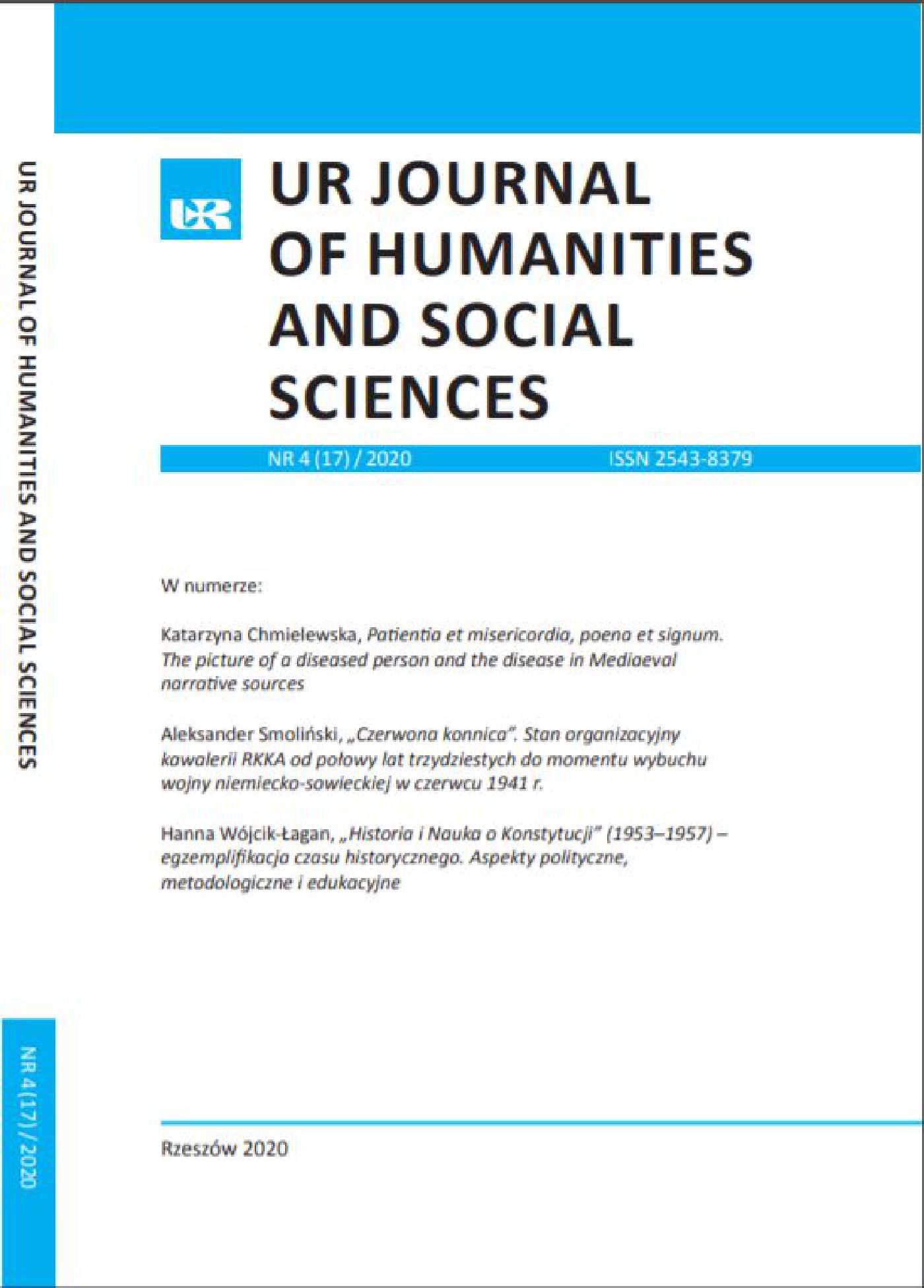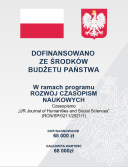Doświadczenia przeszłości a współczesny wizerunek marki Nowego Jorku i Singapuru. Analiza porównawcza
DOI:
https://doi.org/10.15584/johass.2020.4.9Słowa kluczowe:
marka miasta, marketing miejsca, branding, wizerunek miejsca, tożsamość miejsca, metropoliaAbstrakt
Wizerunek miasta stał się ważnym zasobem niematerialnym, który ma wpływ na przewagę konkurencyjną i zakres oddziaływania na rynek. W artykule zostały zaprezentowane doświadczenia przeszłości w stanowieniu marek miast, które są kluczem do zrozumienia ich współczesnej strategii marketingowej. Jako przykład empiryczny wybrano Nowy Jork i Singapur. Miasta te należą do tych globalnych metropolii, które zmieniły swój wizerunek poprzez kreowanie wyznaczonej wizji marki miasta. Celem artykułu jest zbadanie roli brandingu miasta jako czynnika stymulującego jego rozwój lokalny, porównanie kampanii marketingowych wskazanych metropolii, prześledzenie metod tworzenia pozytywnej marki miasta. Analiza wykazała, iż na wysoki poziom życia w metropoliach, a także zainteresowania nimi inwestorów i turystów składa się wiele czynników, takich jak infrastruktura, ochrona przyrody i środowiska, obecność miasta w internecie, poczucie bezpieczeństwa odczuwane przez mieszkańców, a nawet atmosfera miasta i poczucie dumy z bycia jego mieszkańcem. Dla Nowego Jorku i Singapuru budowanie własnej marki na doświadczeniach przeszłości stało się jednym z kluczowych czynników rozwoju, wzrostu gospodarczego i kulturalnego, o czym świadczy ich wysoka pozycja wśród miast na całym świecie. Logo z czasem zastąpiło herb i stało się wizytówką. Wskazane rozwiązania mogą posłużyć w procesie kształtowania silnej marki i pozycji wielu rozwijających się miast. Uwzględniając tę potrzebę, należy stwierdzić, że temat ten jest bardzo aktualny.Downloads
Download data is not yet available.
Pobrania
Opublikowane
2020-12-30
Jak cytować
Marushchak, V. (2020). Doświadczenia przeszłości
a współczesny wizerunek marki Nowego Jorku
i Singapuru. Analiza porównawcza. UR Journal of Humanities and Social Sciences, 17(4), 149–164. https://doi.org/10.15584/johass.2020.4.9
Numer
Dział
Artykuły
Licencja
Prawa autorskie (c) 2020 Wydawnictwo Uniwersytetu Rzeszowskiego

Utwór dostępny jest na licencji Creative Commons Uznanie autorstwa – Użycie niekomercyjne 4.0 Międzynarodowe.



